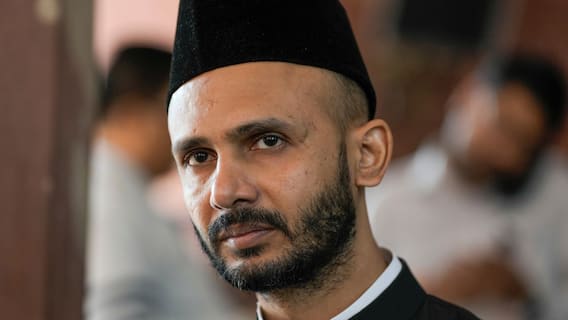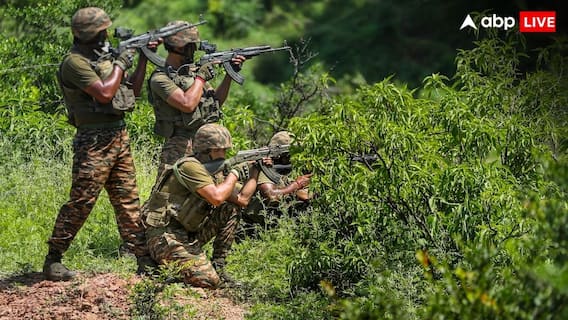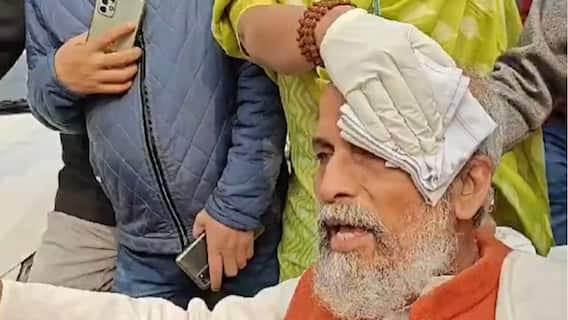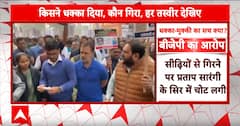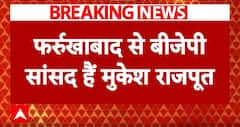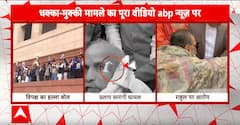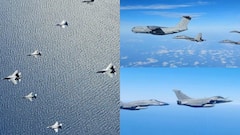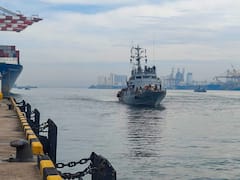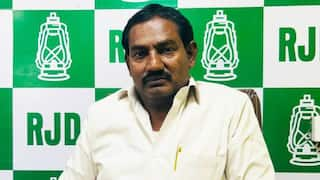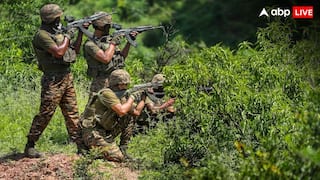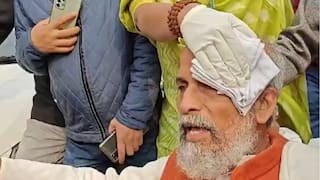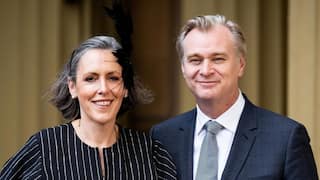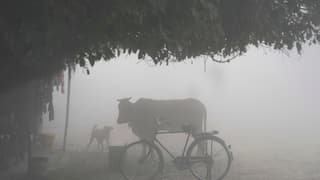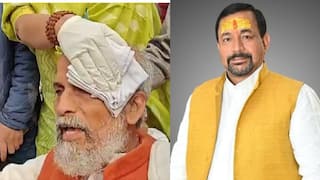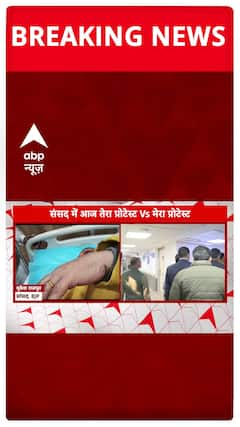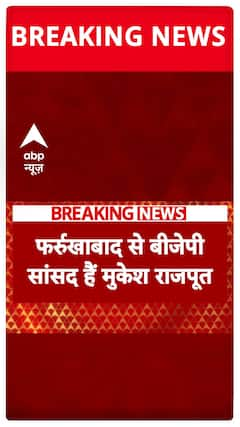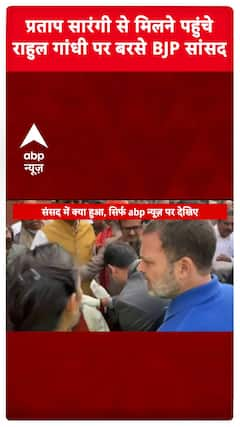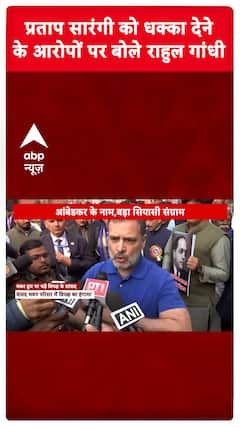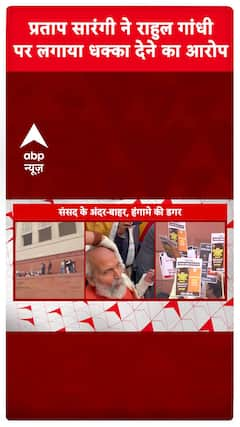Neighbourhood Watch: Should India Be Worried About The Comeback Of Communist Government In Nepal?
With Beijing flexing its muscles in the Himalayan nation and promising a massive development in connectivity projects, New Delhi is gearing up to fast-track some of its infrastructure development programmes.

New Delhi: Fissures in the bilateral ties between New Delhi and Kathmandu first began to emerge when former Prime Minister of Nepal KPS Oli came to power for the first time in 2015 even as the Himalayan nation’s new Constitution was promulgated. Today, he is back in the hot seat, empowered and keeping his former foe CPN-Maoist Centre chairman Pushpa Kamal Dahal “Prachanda” in the forefront.
While the face of the new government in Nepal is ‘Prachanda’, in all practical purposes it is former PM Oli who will “call the shots” in that country – someone who has cultivated Nepal’s “complicated relationship” with India during his last tenure as the Prime Minister, highly placed sources told ABP Live.
According to the sources, while much is being said and discussed in India about the former Maoist guerrilla leader becoming the PM there last month, what everyone has been ignoring is the “surprise comeback” of Oli, who was overthrown unceremoniously last year by Nepal’s top court in July 2022 in the most dramatic sequence of events.
From India-Nepal border blockades to territorial disputes, the bilateral relationship reached its lowest ebb during Oli’s last tenure as the prime minister of that country even as New Delhi was able to “bring him closer to India” during the last leg of his term.
Post the amendment of its political map in 2020, in which Oli included the disputed areas between India and Nepal, India left no stone unturned to wean him away from China towards India. From R&AW chief Samant Kumar Goel to former Foreign Secretary Harsh V Shringla and ex-Army Chief MM Naravane everyone visited Nepal to pacify him.
Oli, who has now emerged Nepal’s “new kingmaker”, was not only able to “outfox” his successor Sher Bahadur Deuba of Nepali Congress (NC), he was also able to make a deal with Prachanda by making him the PM while also exercising his power to enthrone his own candidate as the President, reports The Kathmandu Post.
Prime Minister Narendra Modi congratulated Prachanda the moment his name was confirmed as Nepal’s new PM. However, when the Communist Party of Nepal (Maoist Centre) Chairman visited India in July last year, he was denied a meeting with the Indian PM despite Nepal’s best efforts.
This was because, according to Nepal’s political sources, New Delhi at that time was sanguine that chances of Dahal coming back to power was “out of question".
READ | Why India-China Ties May Plummet Further In 2023 With Security Taking Priority
Dahal will now seek a vote of confidence in the House of Representatives on January 10 and thereafter form his cabinet.
“Oli and Prachanda were at the helm of affairs when anti-India sentiments were at the highest in Nepal, following the promulgation of the Constitution and the blockade that followed and finally change in their political map passed unanimously,” Maj Gen Ashok K Mehta (Rtd.) told ABP Live.
He said: “Soon after that pinnacle of dissent you had the RAW chief, then Naravane and then Shringla going there and there was roaring business between Oli and India. That was the period of transformation of Oli, leader of Nepal's CPN-UML Party, in being able to work with India.”
Mehta added: “Compared to previous times, Prachanda has matured a great deal after he became influential in Nepal’s politics. In 2009, when Prachanda was the PM of Nepal, the Maoists were in favour of China a great deal. But today he says India is more important to Nepal than China. While they don’t admit it publicly they know New Delhi is more important than Beijing.”
ALSO ON ABP LIVE | 'Pakistan Lobby' In Kashmir Has Dwindled But Militancy, ISI Haven't Gone Away: Ex-RAW Chief AS Dulat
The China Factor & India-Nepal Friendship Treaty
When Prachanda came to India last year, he made it clear that he wants New Delhi now to seriously consider the issue of border demarcation and Kathmandu’s long-pending demand of reviewing the India-Nepal 1950 Friendship Treaty.
India has been reluctant to the idea of reviewing the treaty but it is now planning to expedite some of its long-pending infrastructure projects, which will be the first target of China to signal its expansion there.
Nepal wants to revisit the treaty "to reflect changes in both the countries" and "to review and revise and to develop new documents so that it can reflect the realities of today”, former Nepal foreign minister Pradeep Kumar Gyawali in Oli's older cabinet had said during one of his visits to India in January 2021, after the map row.
Nepal had been also insisting that India start a structured dialogue on the issue of the unsettled border, something that PM Modi had promised immediately after coming to power in 2014. But that never happened and in 2020 when Oli was in power he got Nepal’s Constitution amended to include the disputed regions of Limpiyadhura, Lipulekh and Kalapani in its official map.
Till then, India and Nepal have been following the Treaty of Sugauli (1816) and their own 1960 agreement when it came to the Kalapani border issue.
Leveraging on these friction areas between India and Nepal, China, not leaving a moment unutilised this time, sent a team of experts just the next day after Prachanda came to power, in order to conduct a feasibility study of a railway connection between Kathmandu and Kerung, a region in China.
This railway connectivity is expected to “break” Nepal's dependence on India for accessing global markets, said the sources in Nepal. In 2018, Oli signed a deal with China under which Beijing offered to build Nepal-China Trans-Himalayan Multidimensional Connectivity Network under the Belt and Road Initiative (BRI).
It was under Oli that in 2017 for the first time a joint military exercise on counterterrorism and disaster management was held between the Nepali Army and the People's Liberation Army of China.
India has also resumed several old cross-border railroads between both countries in the last two-three years. In April 2022, Modi and Deuba flagged off the 35-km-long Jayanagar-Kurtha cross-border railway line.
Ranjit Rae, former Indian Ambassador to Kathmandu and author of ‘Kathmandu Dilemma: Resetting India-Nepal Ties’, “The Prachanda Oli combination was quite unexpected. But India has good relations with both leaders and we have to work with whichever government is in power in Nepal. Whether the Chinese played a role behind the scenes is not known but a coalition of communist parties is certainly something that they have sought in the past, so they will be happy about the turn of events.”
Rae believes that the “biggest loser” is the single largest party NC which will now be deprived of all executive positions including President, PM, Speaker and CMs of provinces. “Oli’s party is the biggest gainer. As the largest party in the government, UML will be very powerful.”
The former envoy also said, “The contestation for influence by China and the US will continue. The present government may be more accommodating on BRI projects compared to the previous one.”
He added: “With new political forces emerging in Nepal, some of whom may be indifferent or even against the political transformation post-2006, India needs to be actively engaged with all sections. Our economic engagement is progressing well, especially in hydropower cooperation and infrastructure development but this needs to be speeded up.”
Former RAW chief AS Dulat said, “We don’t need to interfere in the internal affairs of Nepal, but you could treat it like a part of India, befriend it like a part of India so that the Chinese, who are all over Nepal, would not have come in so freely. The Chinese are now solidly there. Now with another Communist government in Nepal, I think Delhi will have a few more things to think about.”
Trending News
Top Headlines






